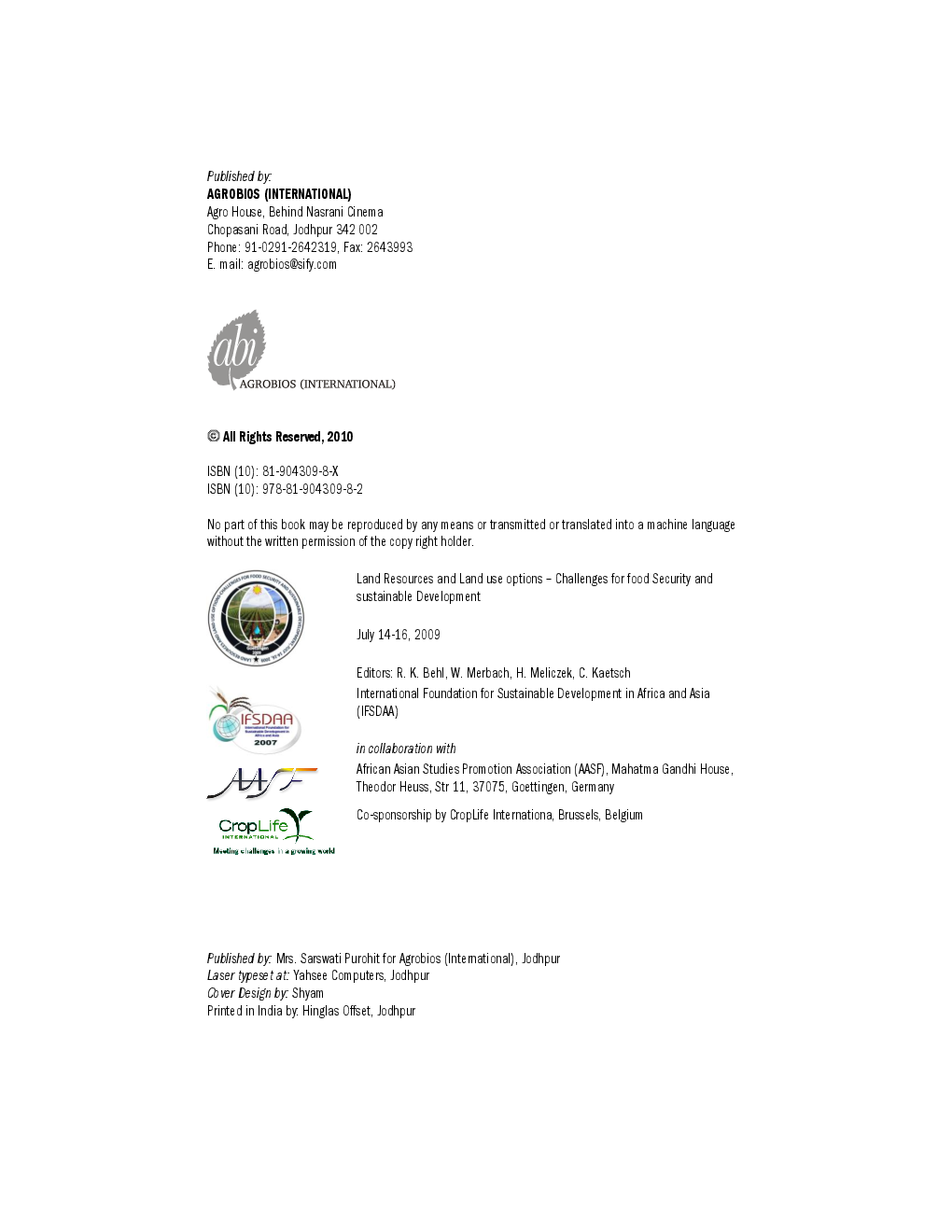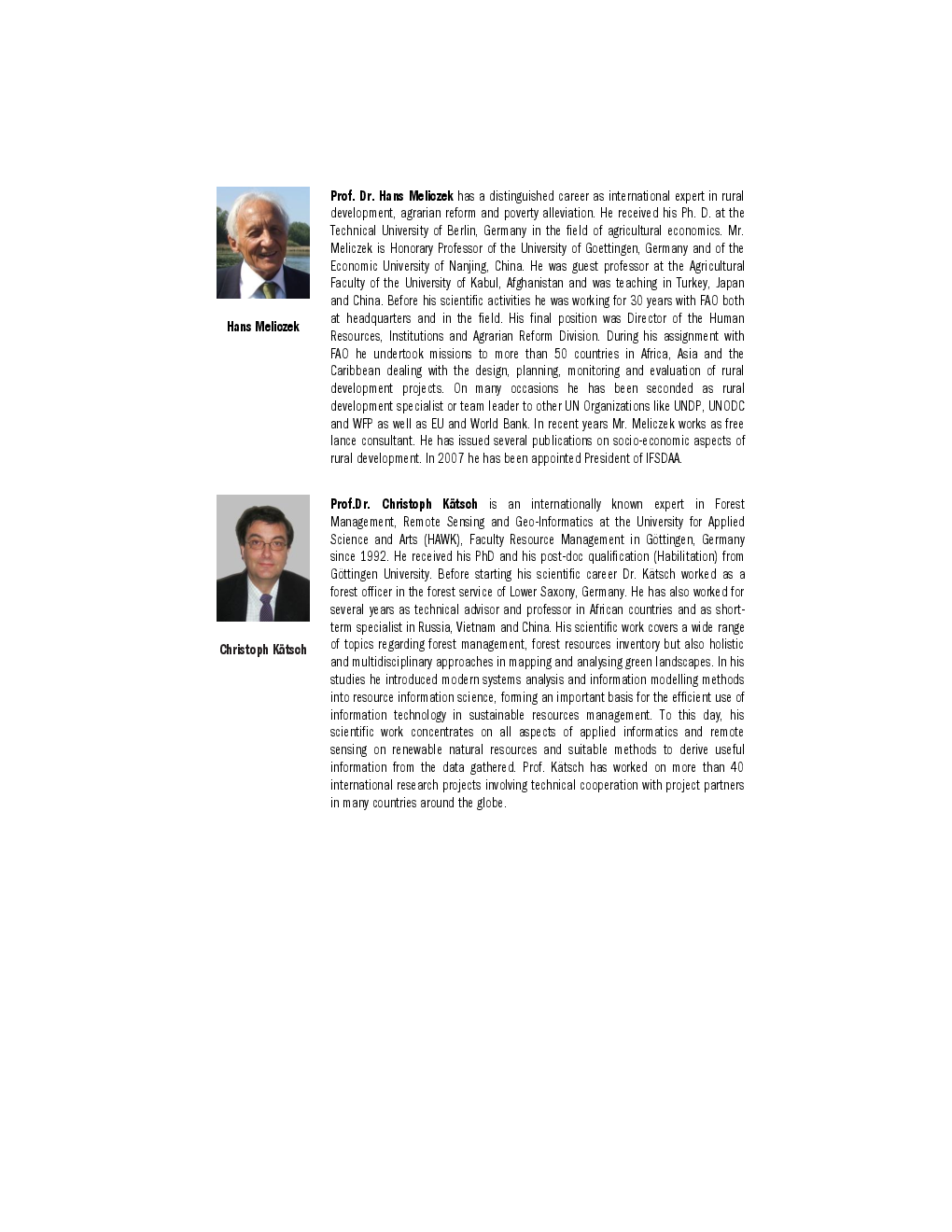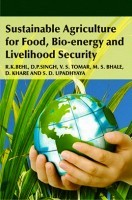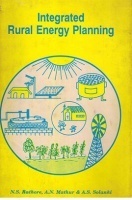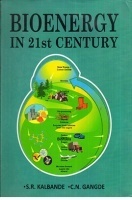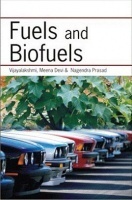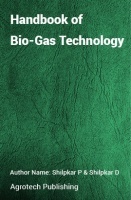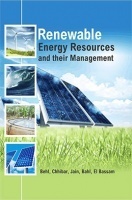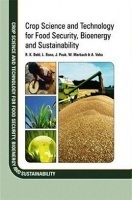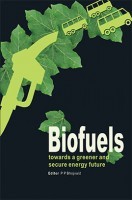Crop Science and Land use for Food and Bioenergy by Kaetsch C, Meliczek H, Merbach W
Book Summary:
This book covers a wide range of topics like crop sciences and crop improvement, plant microbe interactions, resource management, bio-energy, sustainable development and socio economic aspects of land use and other natural resources that can compliment the objectives of sustainable land use.
Audience of the Book :
This book Useful for Renewable Energy.
Table of Contents:
-
Vision
-
Land Resources and Land Use Options - Challenges for Food Security to Climate Change, Crop Improvement
-
Biotechnological Strategies to Ameliorate Abiotic Stress in Crops to Enhance Productivity and Improve Food Security in African Countries
-
Genetic Resources Provided By Genetic Engineering
-
Hybrid Wheat: Developmental Approaches and Impact Analysis
-
Triticale: A Viable and Adaptable Crop: History, Present Situation and Prospect in Hungary and Mid-Europe
-
Strategies to Enhance Wheat Productivity Under Drought Stress Conditions
-
Distribution of Zinc, Copper and Selenium in Food Chain, Bioavailability, Clinical Implications and Biofortification
-
Genetic Improvement of Nutrient Use Efficiency in Wheat Under Low Input Conditions
-
Genetic Variation for Nodulation and Nitrogen Fixation in Chickpea - An Appraisal
-
Maize Scenario in India
-
Strategies of Maize Breeding to Increase Efficiency of Land Use and Phytomass Conversion to Mitigate Climate Change
-
An Important Endangered Medicinal Plant: Tylophora Indica - An Appraisal Reveiw
-
Indian Seed Industry Scenario and the Role of Vibha Seeds Group, Plant Microbe Interaction
-
Influence of Rhizosphere Bacteria of African Oil Palm (Elaeis Guineensis) on Calcium, Iron and Aluminium Phosphate In-Vitro Mobilization
-
Host Genotype-Azotobacter Chroococcum -Arbuscular Mycorrhizal Fungi Interactions in Relation to Nutrient Use Efficiency in Wheat
-
Siderophore Production in Azotobacter Chrococcum Strains
-
Impact of Ethylene-Diamine Resistant Mutants of Azospirillum Lipoferum (Lacz+) Marked on Crop Productivity of Wheat
-
Effect of Bt Cotton Root Exudates on Native Microbial Population and its Impact on Growth of Biinoculants
-
Microbial and Enzymatic Activities in Some Coal Mine Soils from Central Scotland, Resource Management
-
Evaluation of Organic Matter Content in Arable Soils in the Czech Republic
-
Effect of Crop Residues and Fym on Yield and Quality of Carrot Roots
-
Effect of N and P Fertilizer Rate on Yield and Yield Components of Potato
-
Phosphorus Efficiency and P Influx of Maize in Low P Alfisol
-
Genetic and Management Options for Effective Productivity of Water and Other Interlinked Resources in Semi-Arid and Tropical Regions of Developing Countries
-
Improving Rural Livelihoods with Rainwater Harvesting and Conservation on Communal Croplands in South Africa: Opportunities and Obstacles
-
Climate Change and its Impact on Bangladesh Agriculture
-
System of Rice Intensification (Sri) for Sustainable Rice Production-Perspectives, Bioenergy and Sustainable Development
-
Bioenergy: Poverty and Hunger -Could Bioenergy Be A Total Disaster for Those Who Are Starving?
-
Use of Land Suitability Assessment and Farm Modelling to Determine Viability of Agroforestry and Bioelectricity Generation in the Western Cape, South Africa
-
Anaerobic Digestion of Animal Waste
-
Assessing Land Use Options - Spatially Explicit Landscape Modelling as Tool in Optimizing Land Use Efficiency
-
Sustainable Horticulture in Afghanistan
-
Sustenance: Subsistence and Sustainability with Special Reference to Africa, Socio-Economic Aspects
-
Socio-Economic Aspects of Sustainable Land Use
-
Land Use Systems and Rural Poverty in Georgia
-
Land Use Pattern Towards Agri-Horticulture, Urbanization and Industrialization in Relation to Sustainable Development
-
The Strengthening Agricultural Research for Development (Ard): Situation and Strategy
-
Research and Technology




